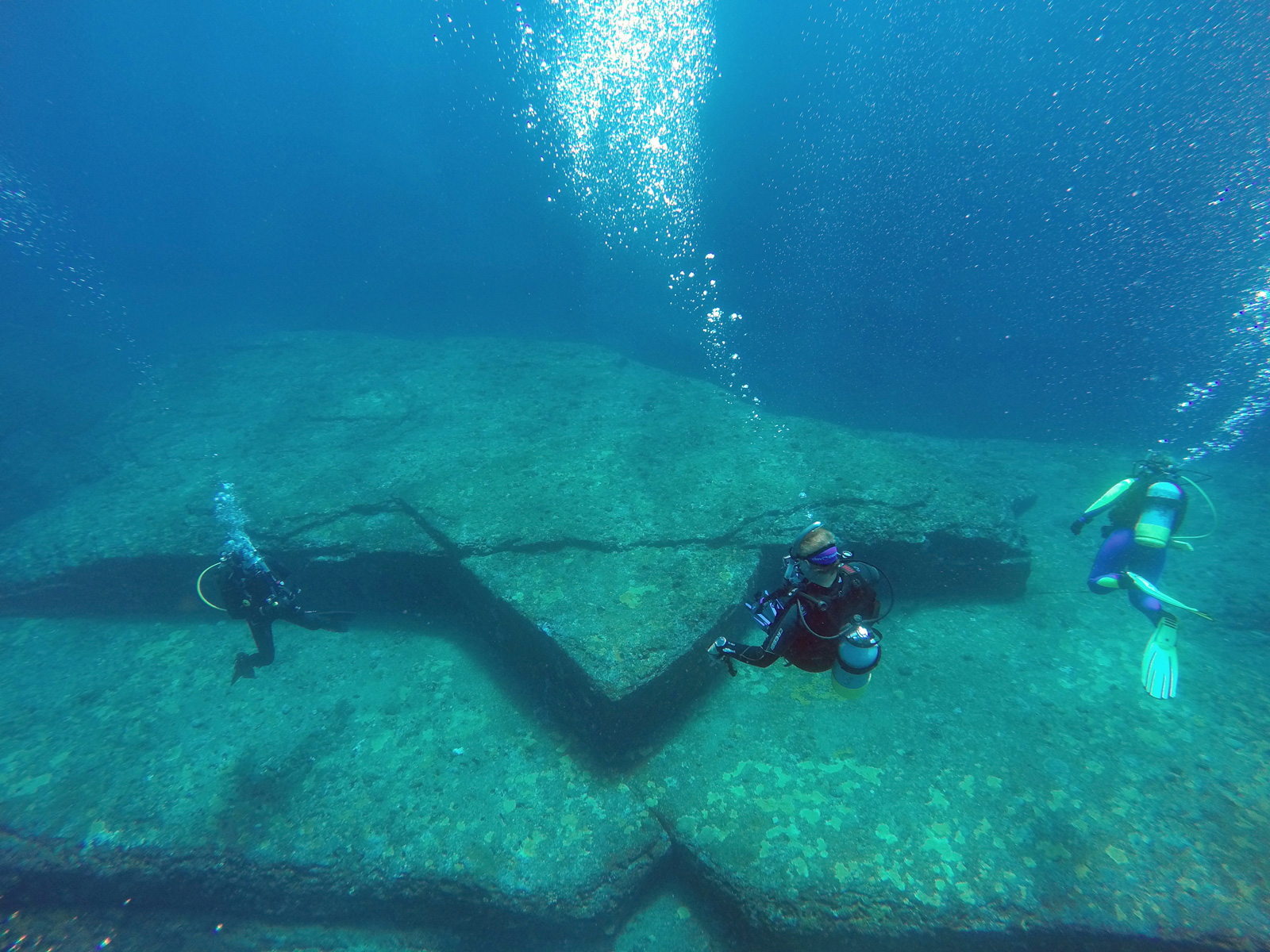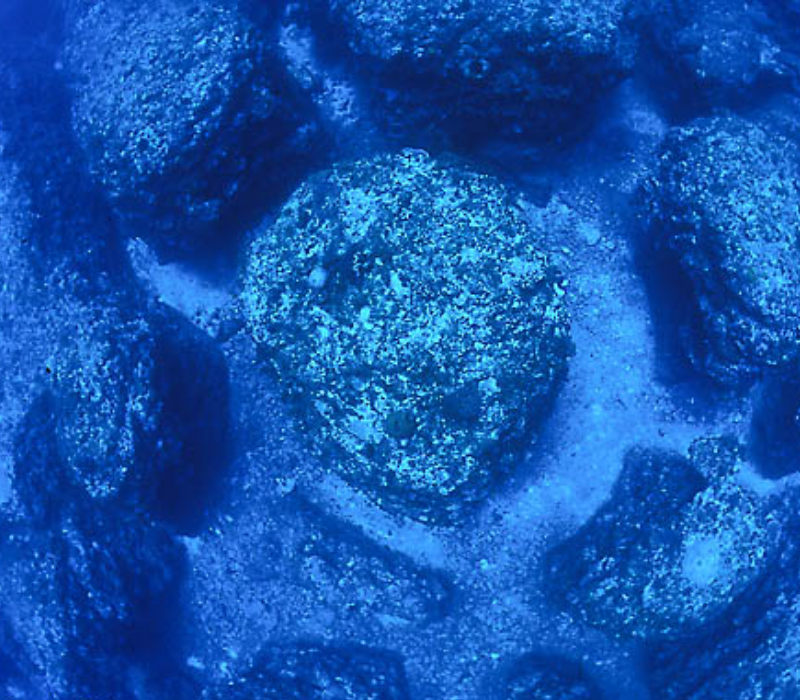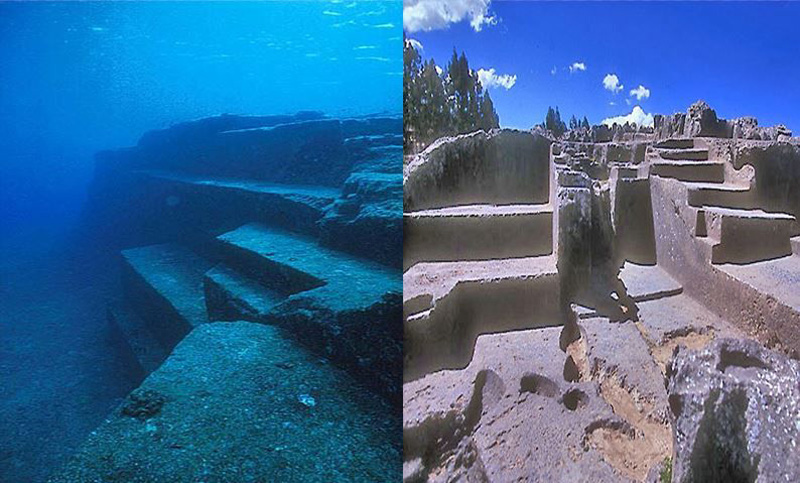Yonaguni Monument, an underwater rock structure was discovered in the mid-1980s near Yonaguni Island, Japan. Although some scientists claim that this ziggurat-like structure originates from an ancient city, others argue that it was formed naturally. But the question is how this big rock structured created underwater and if not created then was there any city inhabited earlier, which over time got submerged into the water? There are many questions unanswered about this mysterious monument.
Let’s try to unfold unusual mystery regarding Yonaguni Monument and understand theories given by marine geologists and researchers —
An Overview: The Yonaguni Monument
Yonaguni Jima is an island situated near the southern tip of Japan’s Ryukyu archipelago, 120 km from the eastern coast of Taiwan. The Yonaguni Monument has not been discovered since 1987, and during this short span has already become a landmark on Yonaguni Island.
How This Monument Discovered?
In 1985, a Japanese diver named Kihachiro Aratake explored the seafloor off the southern coast of the island of Yonaguni-Jima, the westmost island in Japan’s Ryukyu archipelago. Aratake came across what appeared to be the sunken ruins of an ancient, megalithic, stepped pyramid, similar to the ziggurats built in ancient Sumer. After this, the land on the island was unofficially renamed as Iseki Hanto or Ruins Point. Since his discovery, the origin of the ruins came into limelight and then the discussion started that weather this ruin is artificial or naturally formed.
Mystery Revolving Around Yonaguni Monument
In perfect 90-degree angles, the straight boundaries of steps and point-how could Yonaguni Pyramid has formed naturally? Geologists say that the rock formations are sedimentary and sandstone. Several archaeologists claim that the structure is made of stone.

However, the last rise in sea level would be more than 10,000 years ago, had this site been built on land and then washed by the sea. In other words, it is about five thousand years before the Egyptian pyramids and megalithic buildings like Stonehenge.
Structural View of Yonaguni Monument
The structure is mainly composed of sandstone and mudstone, while the various structures are related to the rock underneath them. The Yonaguni Structure’s most notable section is a giant rock slab that is almost 500 feet long, 130 feet wide, and 90 feet tall. The gap from the water surface up to the monument’s peak is about 16 feet.

Many residents, including some scientists, assume the monument is more than just a giant underwater piece of rock, the variety of information that points to human activity. There’s what looks like a pair of walls, a column of bricks, a wall 33 feet high, a road and even a platform in the shape of a star.
Also Read: Sculptures of Mount Rushmore: Weirdest Monument of South Dakota
Japan’s Lost City of Atlantis, Yonaguni Monument
Dr Masaaki Kimura of the University of Ryukyu is the main pillar of the theory supporting the weirdness of the ruins. He carefully researched the Yonaguni Monument and concluded that it was either absolutely humane or at least humanly enhanced. He claimed that it was around 2,000 years old and not submerged when it was first built.

If they are the remains of Yamatai, Kimura claims that they date back at least 5,000 years due to facts in the underwater caves he discovered while diving around the site. He also appears to search for relief on the spot with a cow-like drawing. It was assumed that maybe the relics and the monument related to Japan’s lost city of Atlantis. Submerged stone structures lying just below the waters off Yonaguni Jima are actually the ruins of a Japanese lost city of Atlantis which was sunk by an earthquake about 2,000 years ago.
Other Beliefs
Initially, Masaaki Kimura believed that the formations could be natural but he changed his mind after his first dive. After 4 to 5 dives, he stated that the largest structure looks like a complex, monolithic, stepped pyramid that begins from a depth of 25m.
Some experts believe that the structures could be all the remains of Mu- a mythical Pacific civilization and it was disappeared below the waves.
It’s very difficult to explain away their origin as being purely natural, because of the vast amount of evidence of man’s influence on the structures. Kimura also said that he has identified quarry marks in the stone, undeveloped characters engraved onto carved faces, and rocks sculpted into the likenesses of animals.
Are Natural Forces Responsible for Creation of Monument?
According to an associate professor of seismology, Toru Ouchi also dived and touched the pyramid touched the and he supported the Kimura theory and told everyone that those relics were not caused by earthquakes.
Robert Schoch professor from Boston University also dived at the site and stated that the major features or structures are not manmade steps or terraces, they’re all-natural. He also claimed that the Yonaguni formations are natural as the lines, small holes and curves found on the pyramid were created by marine animals exploiting a seam in the rock. The right angles and symmetry don’t add up in many places.
Concluding here, but still many marine divers and geologists are trying to find out and solve the mystery of Yonaguni Monument.
Also Read: The Ruins of Hampi – Historical & Architectural Marvel of Karnataka

